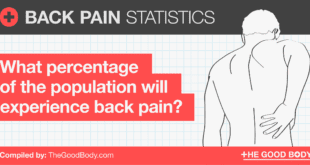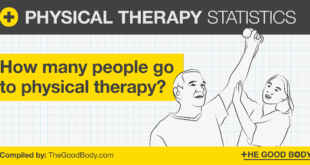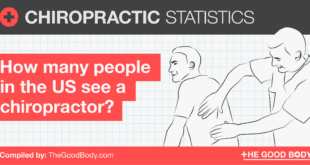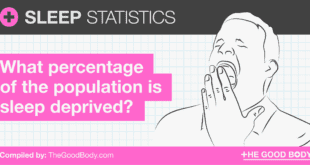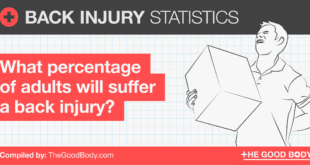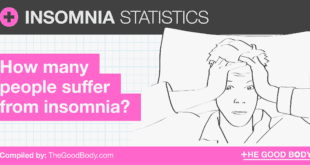Key Chronic Pain Statistics and Facts
- An estimated 20.9% of US adults (51.6 million) live with chronic pain.
- Arthritis is the most common chronic pain condition.
- Women and those over the age of 65 are the most likely to suffer from chronic pain.
- Chronic pain costs the US up to $635 billion annually.
- More than 8 in 10 patients with chronic pain are affected by severe depression.
- 1 in 4 people with chronic pain have been diagnosed with clinical insomnia.
- At least 10% of the world’s population is affected by chronic pain.
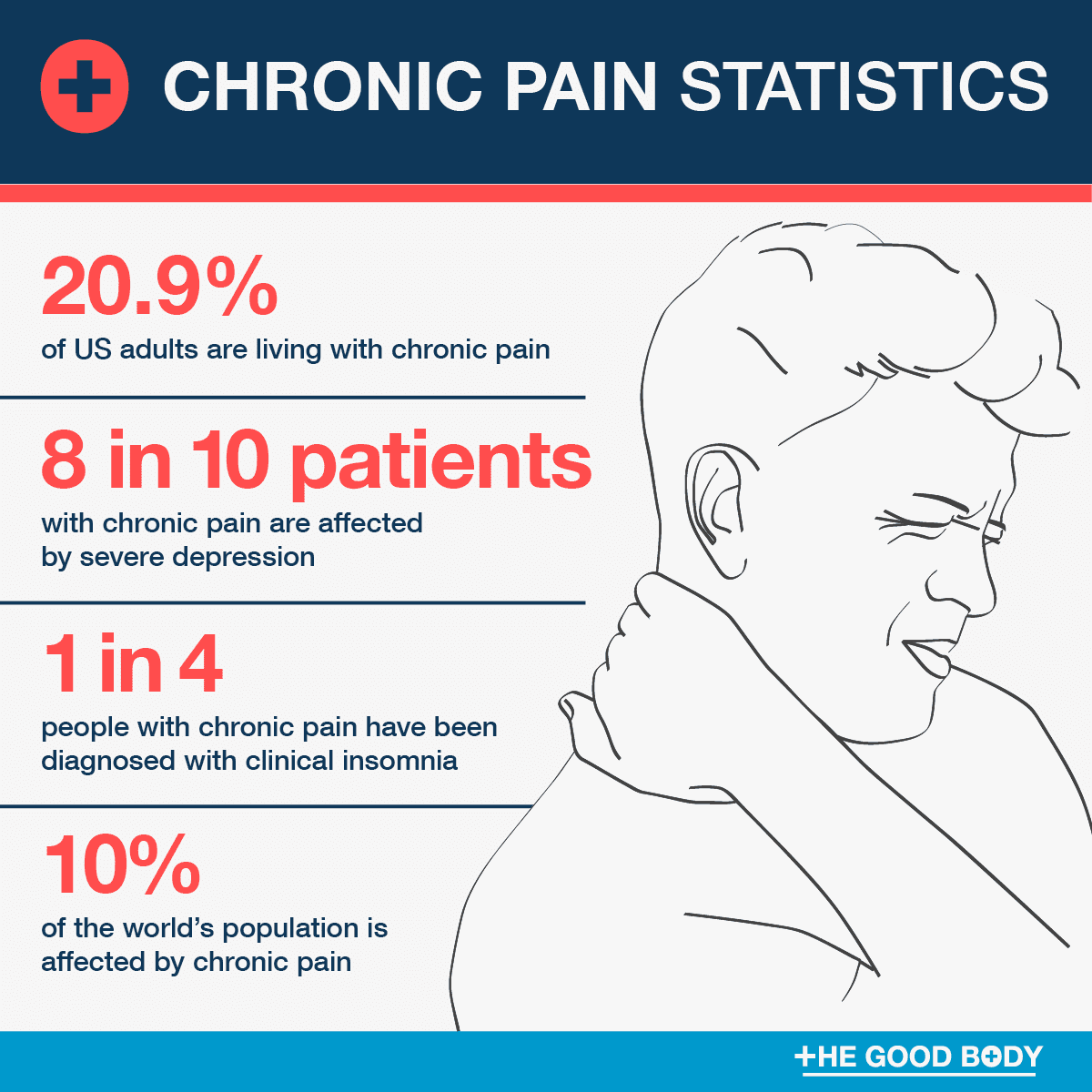
How many people suffer from chronic pain?
- 20.9% of US adults experienced chronic pain in 2021, according to the latest estimates.[1]
6.9% experienced high-impact chronic pain, classified as pain that significantly impacts your ability to carry out day to day activities.
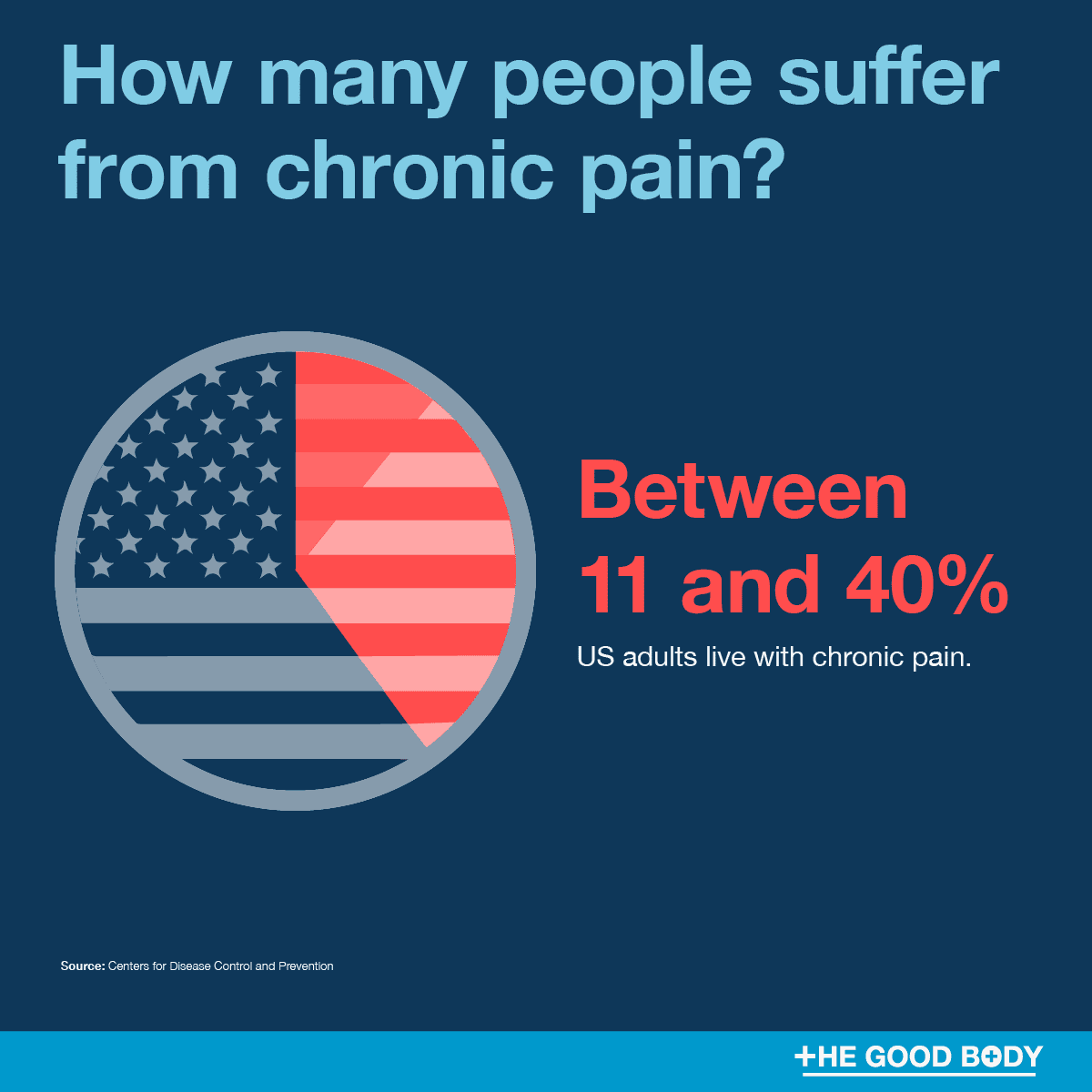
Chronic pain is also one of the most common reasons adults seek medical care.[2]
What is the most common chronic pain condition?
- Arthritis is the most common chronic pain condition among American adults.
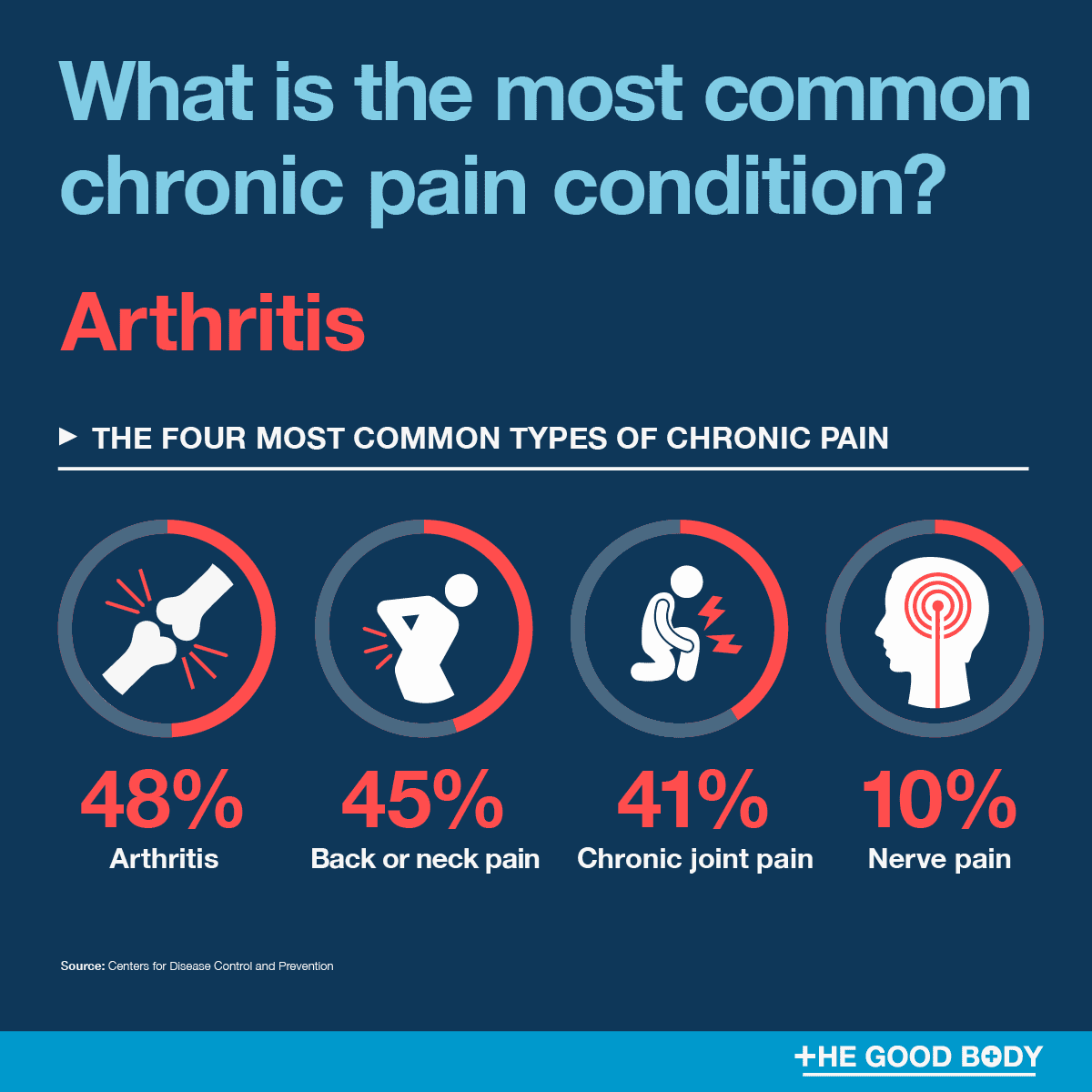
Back pain statistics have revealed that low back pain also came high on the list.
According to data from the CDC, the five most common types of chronic pain are:
- Arthritis – 48%
- Back or neck pain – 45%
- Chronic joint pain – 41%
- Nerve pain – 10%
- Headache or migraine – 6%
Who is most likely to suffer from chronic pain?
- Women, adults aged over 65 and those with a disability are most likely to suffer from chronic pain.
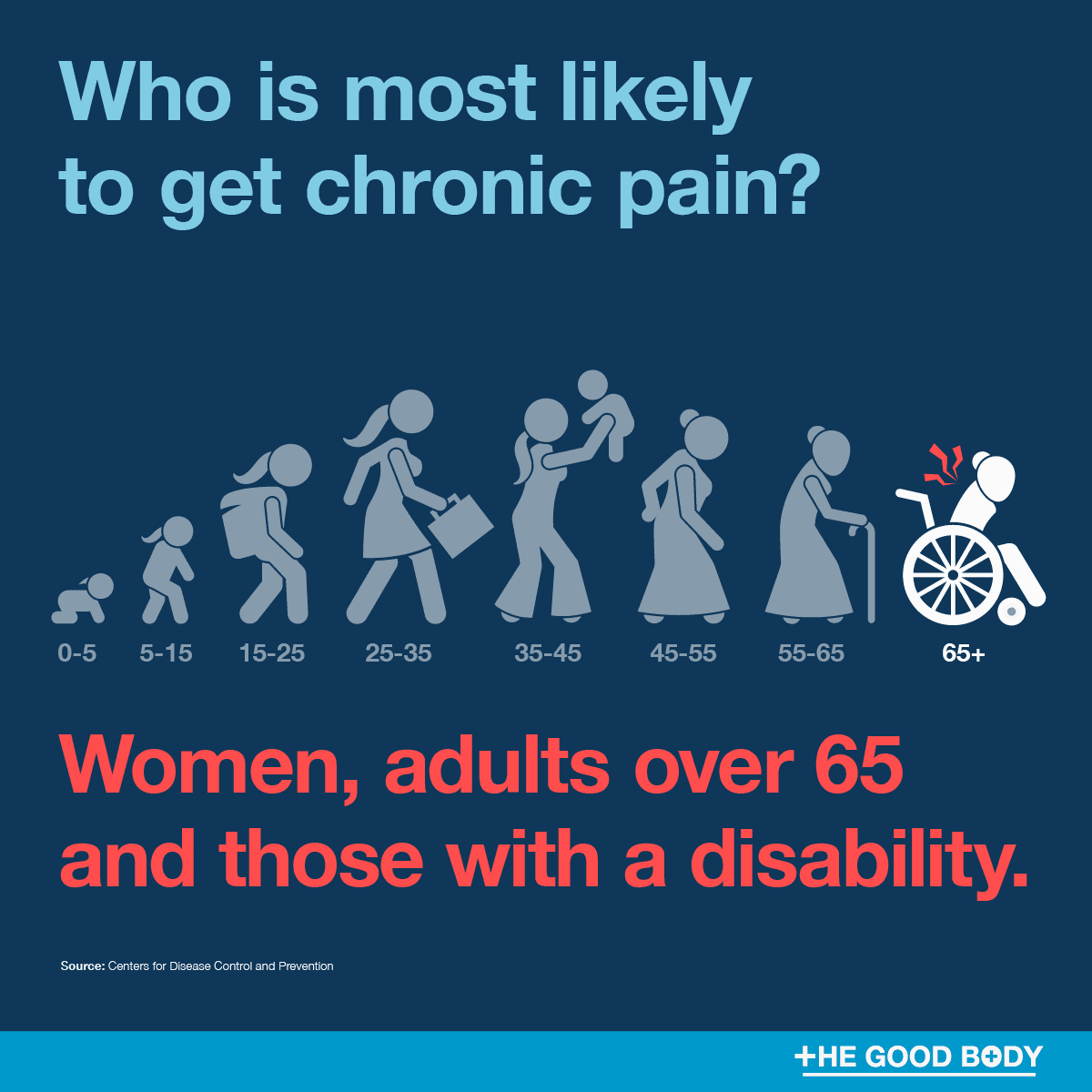
There are a number of other factors that increase the likelihood, these include being unemployed, living in a rural area or in poverty.
The table below shows the percentage of adults with chronic pain by age group:
| Percent of adults with chronic pain | ||
|---|---|---|
| Age Group | Chronic pain | High-impact chronic pain |
| 18-24 years | 7.5% | 1.3% |
| 25-44 years | 13.7% | 3.5% |
| 45-64 years | 26.8% | 10% |
| 65-84 years | 30% | 10.4% |
| 85 and older | 34.3% | 14.3% |
How many children experience chronic pain?
- Between 20% and 35% of children and adolescents experience chronic pain globally.[3]
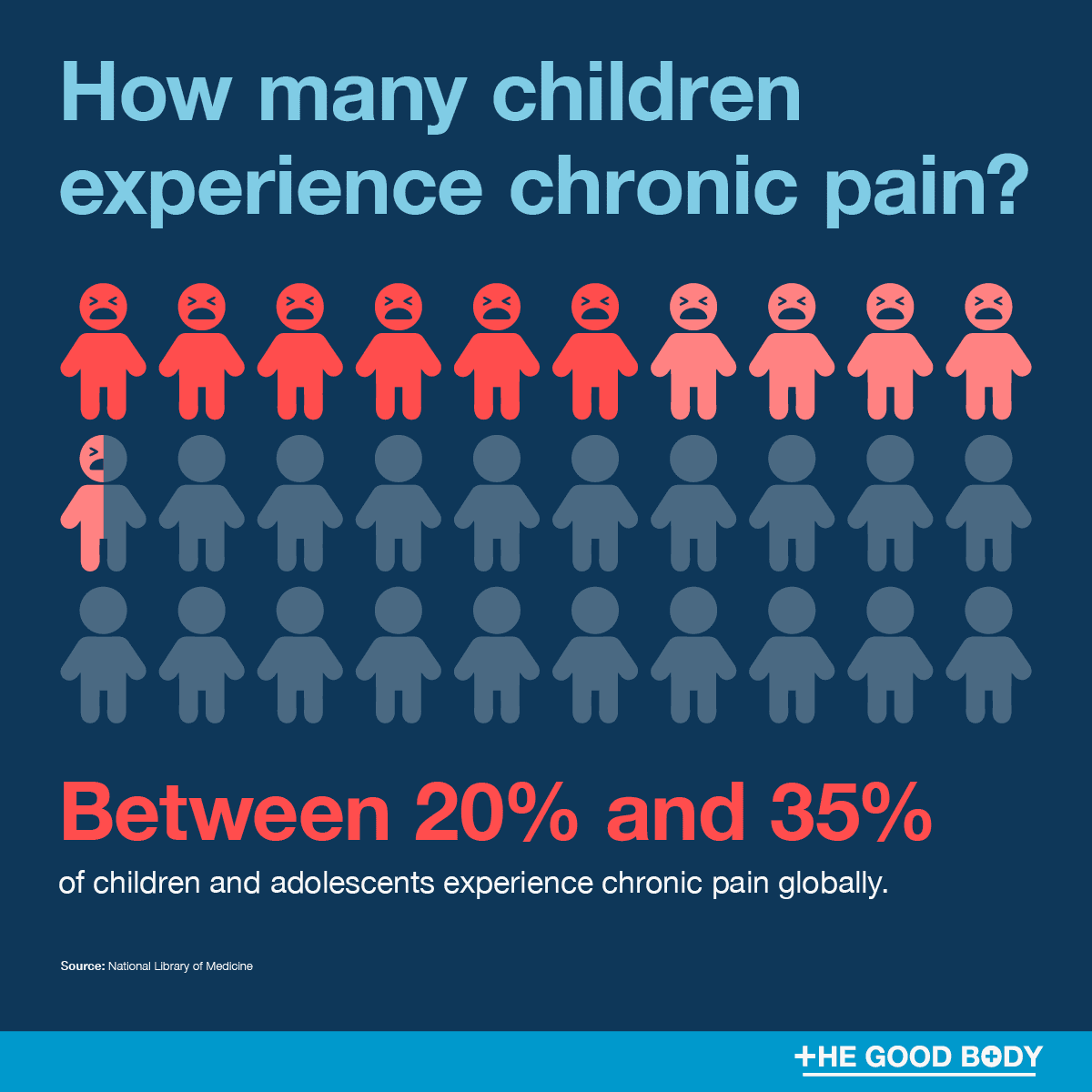
The most common conditions they experience are musculoskeletal pain, headaches and abdominal pain.
Interestingly, research suggests that how parents respond to their child’s condition may have a significant impact on the course of their pain.
The Cost of Chronic Pain
What's the cost of chronic pain in the US?
- Chronic pain costs the US up to $635 billion every year.[4]
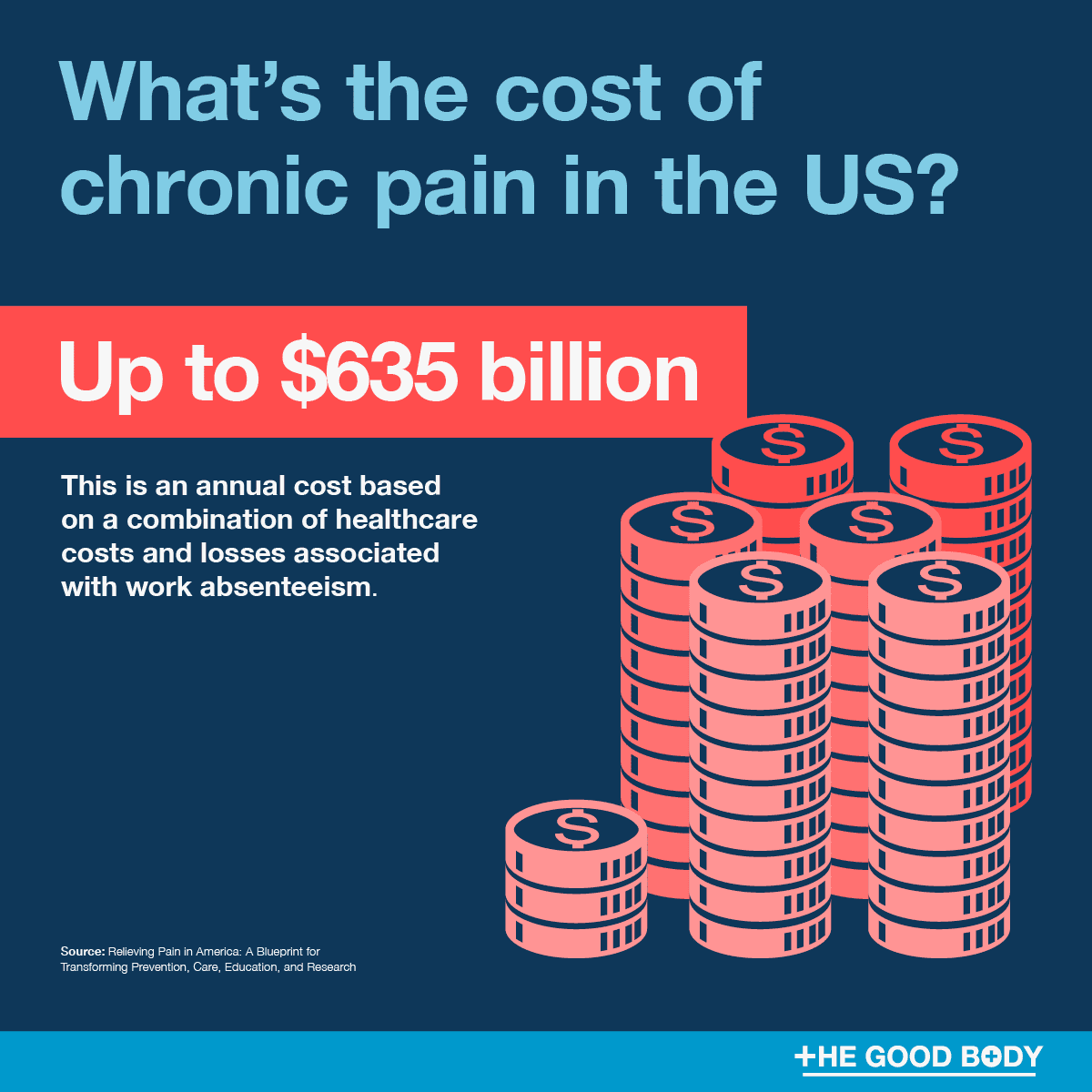
Economists calculated this figure by analyzing the increasing costs of healthcare due to pain and the indirect costs due to lower productivity.
This is more than the annual cost of cancer, heart disease and diabetes.
Lost productivity, due to chronic pain, costs the US between $299 and $344 billion.
Adults suffering from chronic pain miss more days of work, impacting on the amount of money they’re able to earn annually.
Chronic Pain Around the Globe
How many people have chronic pain in the world?
- At least 10% of the world’s population is affected by chronic pain.[5]
That’s approximately 780 million people around the globe!
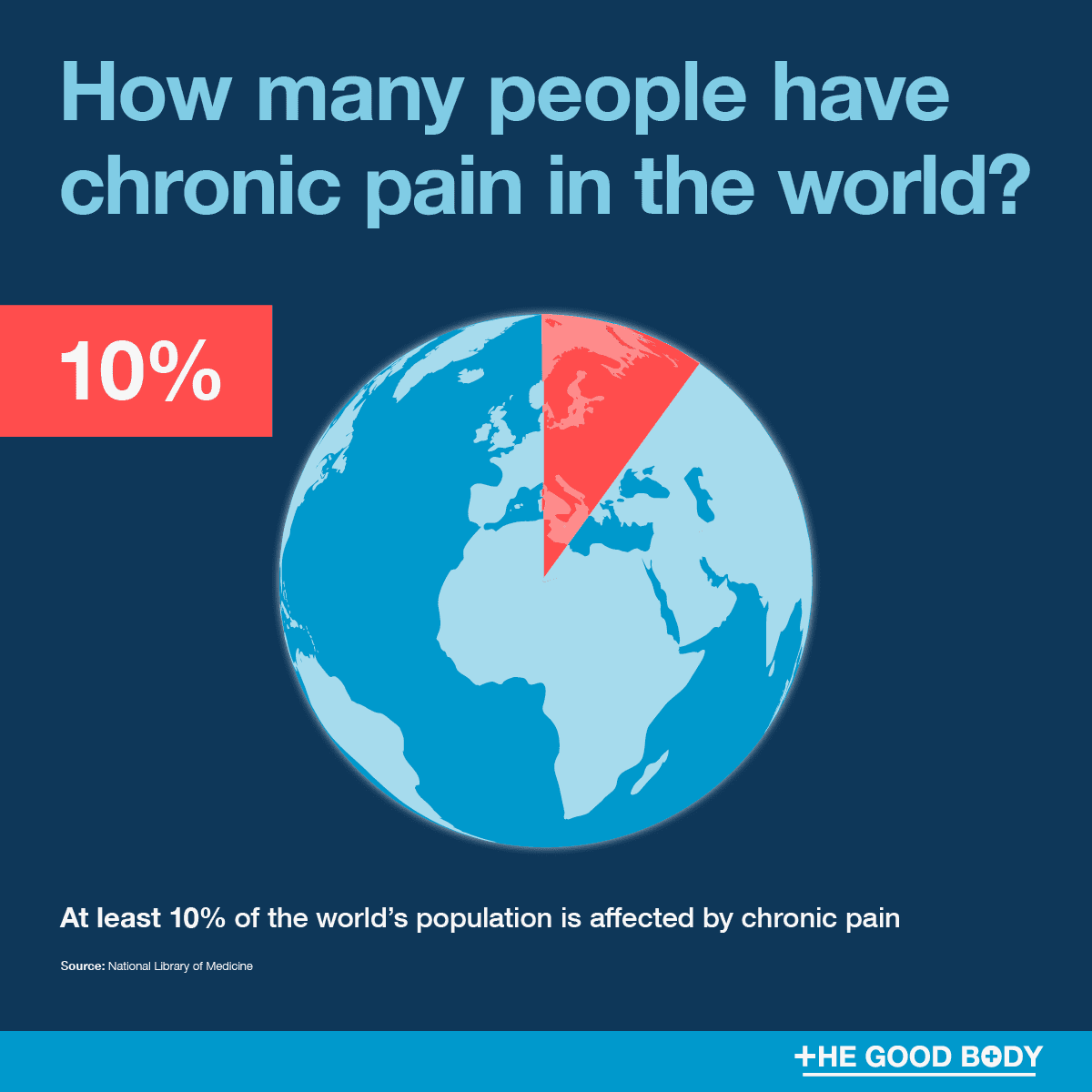
In the poorest countries in the world, up to 25% of the population are suffering from chronic pain.
Effects of Chronic Pain
How does chronic pain affect your mental health?
- Chronic pain has a negative impact on your mental health, with up to 85% of chronic pain patients affected by severe depression.[6]
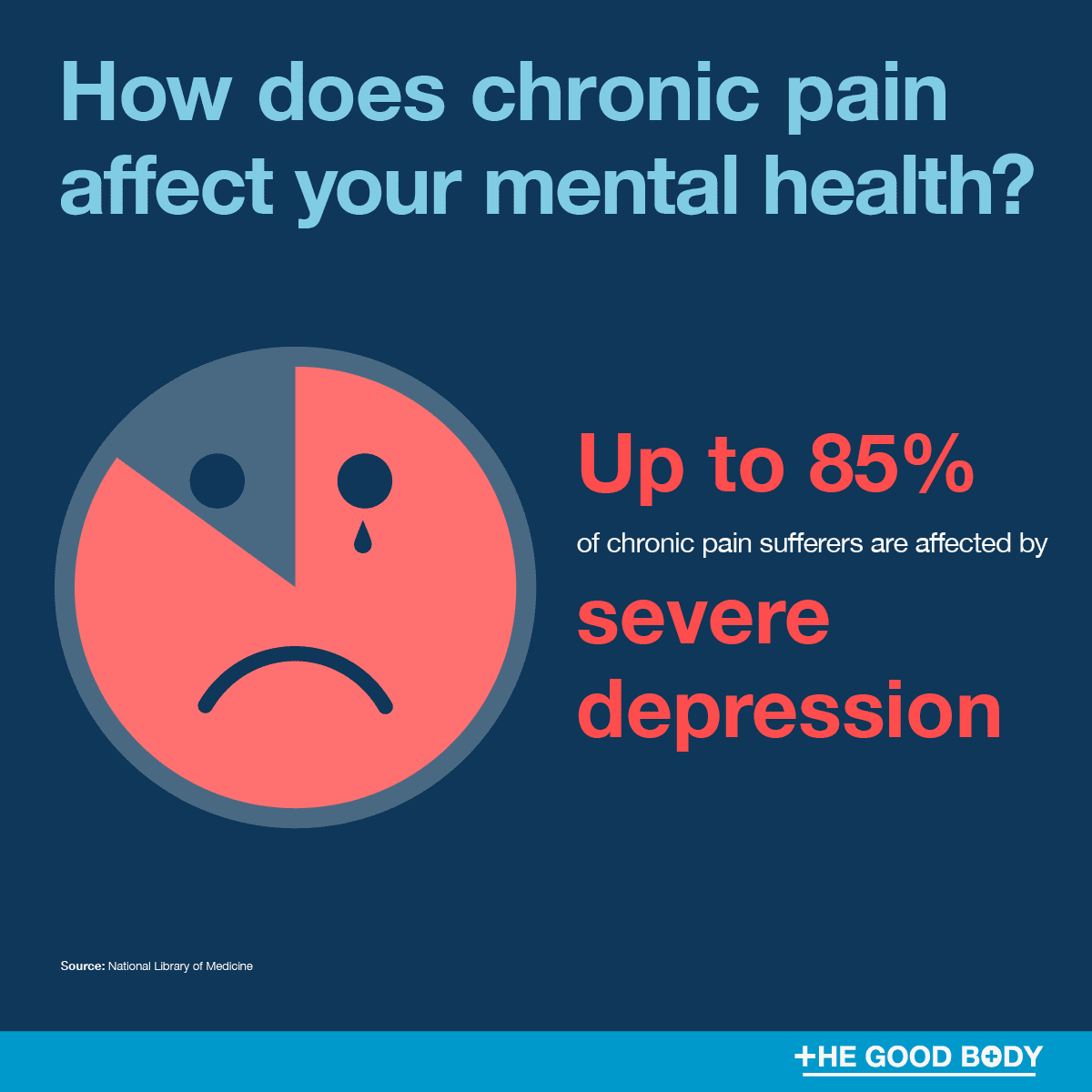
Findings have also shown that pain conditions elevate the risk of suicide.
Between 2003 and 2014, the percentage of people committing suicide due to chronic pain rose from 7.4% to 10.2%.[7]
Over an 11 year time frame, the National Violent Death Reporting System identified that 8.8% (10,789) of suicides had evidence of chronic pain.
16.2% of those with chronic pain who committed suicide, died by an opioid overdose.
The most common conditions amongst the deceased were:
- Back pain (22.6%)
- Injury (13.2%)
- Cancer (12.5%)
- Arthritis (7.9%)
- Migraine (5.2%)
- Fibromyalgia (5.1%)
- Diabetes (4.9%)
How does chronic pain affect sleep?
- Chronic pain can often disrupt sleep, with nearly half of chronic pain patients diagnosed with a sleep disorder. A quarter go on to develop clinical insomnia.[8]
If you’re living with pain, you’ll experience an average 42 minute sleep debt[9] , according to recent sleep facts.
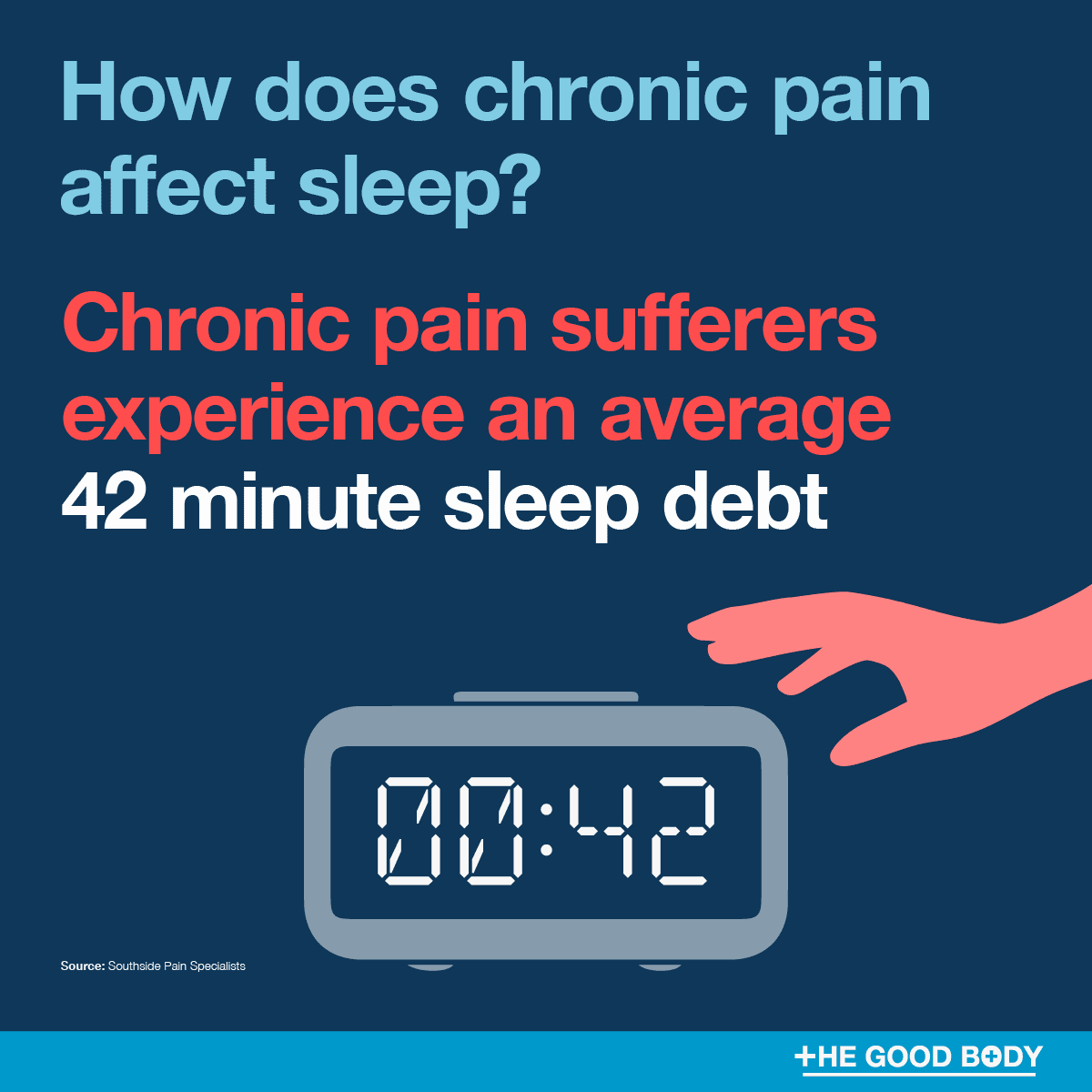
A poll conducted by the National Sleep Foundation confirmed that pain is a significant challenge.[10]
Which is worrying, as sleep statistics show that in the US we’re not great sleepers anyway!
65% of pain-free people reported ‘good’ or ‘very good’ sleep quality, compared to only 37% of people with chronic pain.
Does chronic pain affect life expectancy?
Due to the increased risk of suicide, depression and opioid use, plus a lack of sleep, chronic pain is associated with a negative impact on life expectancy.[11]
Chronic Pain Management
What is the most common way to treat chronic pain?
Pain medication is the most commonly used treatment for chronic pain.[12]
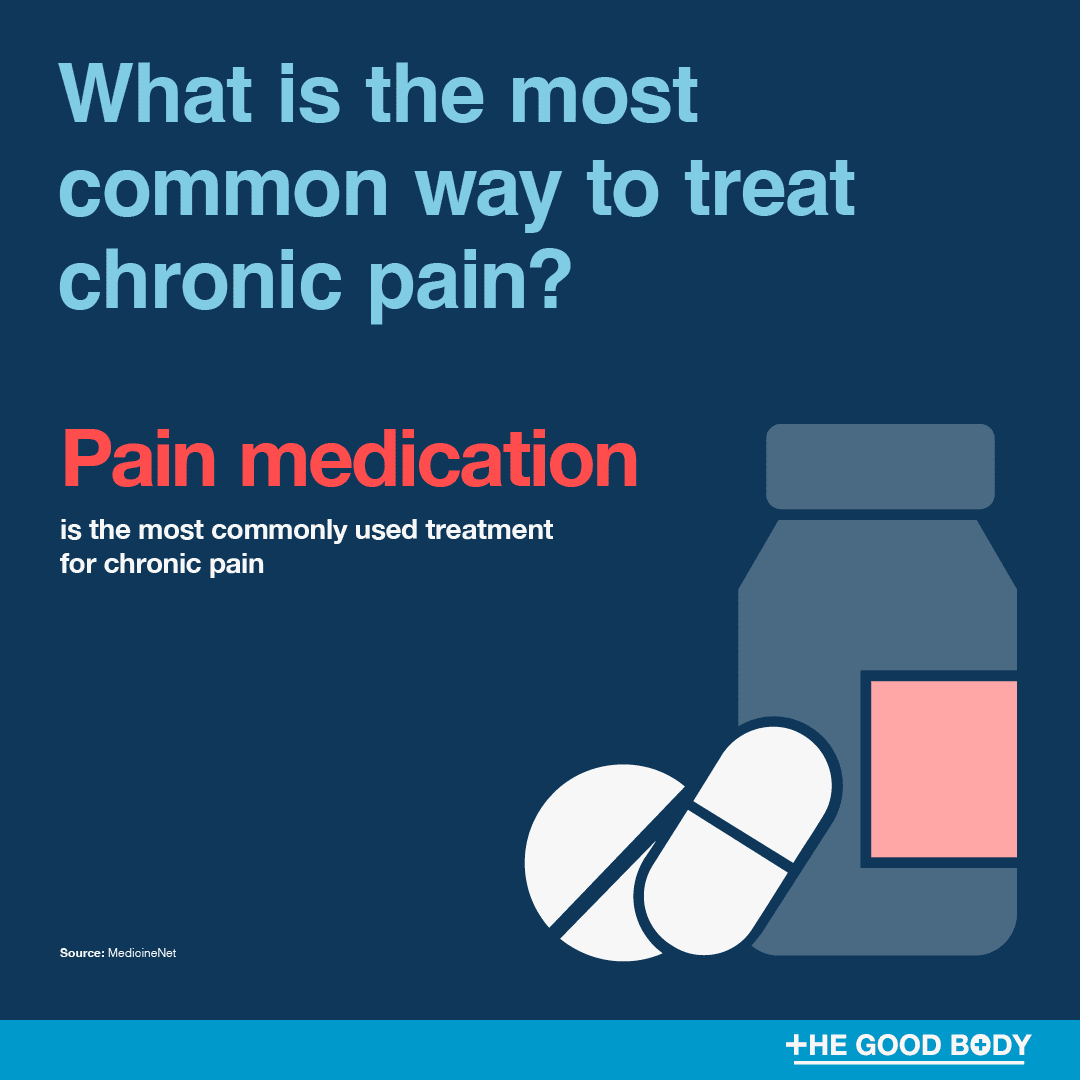
There are however other pain management alternatives with positive reported outcomes, including chiropractic care and physical therapy.
Chiropractic statistics highlight that 77% of people who receive chiropractic care for back pain describe it as “very effective”.
Yoga, using a massage gun and even practicing chronic pain affirmations can be other effective ways to treat the symptoms.
Need more health stats?
Why not learn about the physical therapy industry by reading 31 intriguing physical therapy statistics.
References
- Rikard, S.M. (2023). Chronic Pain Among Adults — United States, 2019–2021 [Online]. Centers for Disease Control and Prevention. Available from: https://www.cdc.gov/mmwr/volumes/72/wr/mm7215a1.htm [Accessed 19 September 2023]. ↩
- Dahlhamer, J. et al (2018). Prevalence of Chronic Pain and High-Impact Chronic Pain Among Adults — United States, 2016 [Online]. Centers for Disease Control and Prevention. Available from: https://www.cdc.gov/mmwr/volumes/67/wr/mm6736a2.htm [Accessed 19 September 2023]. ↩
- Friedrichsdorf, S. et al (2016). Chronic Pain in Children and Adolescents: Diagnosis and Treatment of Primary Pain Disorders in Head, Abdomen, Muscles and Joints [Online]. Children. Available from: https://www.ncbi.nlm.nih.gov/pmc/articles/PMC5184817/ [Accessed 19 September 2023]. ↩
- Gaskin, D.J. and Richard, P. (2011). The Economic Costs of Pain in the United States [Online]. Nih.gov. Available from: https://www.ncbi.nlm.nih.gov/books/NBK92521/ [Accessed 19 September 2023]. ↩
- Jackson, T.P., Stabile, V.S. and McQueen, K.A.K. (2014). The Global Burden Of Chronic Pain [Online]. ASA Newsletter. Available from: https://pubs.asahq.org/monitor/article-abstract/78/6/24/3059/The-Global-Burden-Of-Chronic-Pain [Accessed 19 September 2023]. ↩
- Sheng, J. et al (2017). The Link between Depression and Chronic Pain: Neural Mechanisms in the Brain [Online]. Neural plasticity. Available from: https://www.ncbi.nlm.nih.gov/pmc/articles/PMC5494581/ [Accessed 19 September 2023]. ↩
- Petrosky, E. et al (2018). Chronic Pain Among Suicide Decedents, 2003 to 2014: Findings From the National Violent Death Reporting System [Online]. Annals of Internal Medicine. Available from: https://www.acpjournals.org/doi/10.7326/M18-0830 [Accessed 19 September 2023]. ↩
- Mills, S.E.E. et al (2019). Chronic pain: a review of its epidemiology and associated factors in population-based studies [Online]. British journal of anaesthesia. Available from: https://www.ncbi.nlm.nih.gov/pmc/articles/PMC6676152/ [Accessed 19 September 2023]. ↩
- Southside Pain Specialists (2019). Stop The Cycle Of Chronic Pain and Sleepless Nights [Online]. Available from: https://www.southsidepainspecialists.com/stop-the-cycle-of-chronic-pain-sleepless-nights/ [Accessed 19 September 2023]. ↩
- Pacheco, D. (2022). Pain and Sleep [Online]. Sleep Foundation. Available from: https://www.sleepfoundation.org/physical-health/pain-and-sleep [Accessed 19 September 2023]. ↩
- The Lancet (2021). Chronic pain [Online]. Available from: https://www.thelancet.com/series/chronic-pain [Accessed 19 September 2023]. ↩
- MedicineNet (2021). What Is the Most Common Treatment for Chronic Pain? [Online]. Available from: https://www.medicinenet.com/what_is_the_most_common_treatment_for_chronic_pain/article.htm [Accessed 19 September 2023]. ↩

